1. Freeze-Dried Food
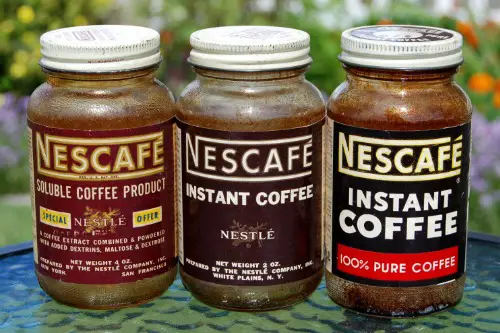
Instant coffee, astronaut ice cream, and emergency meal kits all owe their existence to military needs. Freeze-drying was developed during World War II to preserve blood plasma and penicillin for medical use. The same process was soon applied to food, making it lighter, longer-lasting, and easier to transport. Soldiers could carry nutritious meals without worrying about spoilage.
That technology eventually found its way into camping gear, space missions, and home kitchens. Hikers and preppers rely on it for convenience and reliability. Even your pantry’s instant soup may use the method. It’s one of those innovations that keeps proving its worth far from the battlefield.
2. Duct Tape
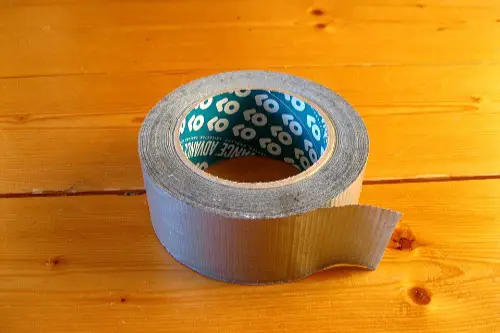
Duct tape might be your go-to for fixing a broken hose or patching a torn backpack, but it started out as a World War II invention. The military needed a waterproof tape to seal ammunition cases, so they came up with a strong, cloth-backed adhesive. Soldiers quickly realized it could fix just about anything in the field. After the war, it made its way into homes, earning the nickname “the handyman’s secret weapon.”
The original tape was actually called “duck tape,” referring to its waterproof qualities and cotton duck fabric backing. Over time, manufacturers began coloring it silver to match heating ducts, which is how it got the name we know today. It’s hard to imagine a world without duct tape in toolboxes and junk drawers. The military just happened to invent the ultimate DIY sidekick without knowing it.
3. GPS
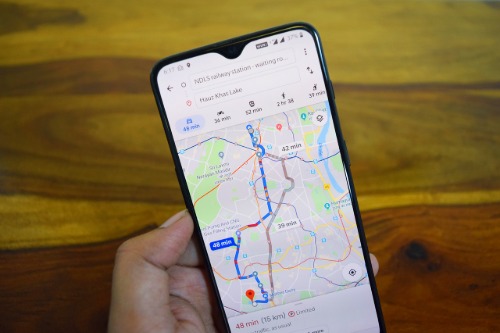
You might rely on GPS to get to a new restaurant or avoid traffic, but it wasn’t created for convenience. The U.S. Department of Defense developed the technology in the 1970s to track submarines and guide military navigation with precision. It was originally restricted to military use for security reasons. Only in the 1980s did civilian access open up, making it possible for the rest of us to use it daily.
Now it’s built into smartphones, cars, and even wristwatches. Military satellites still power the system, but it’s become indispensable for delivery services, outdoor adventurers, and parents tracking their teenagers. Without its military origins, we’d still be fumbling with paper maps. It’s a rare case of defense tech becoming a universal time-saver.
4. Microwave Oven
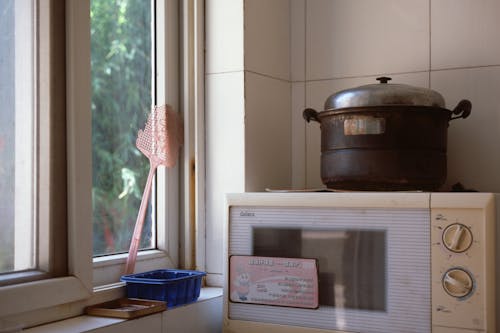
Microwaves make reheating leftovers a breeze, but they trace their roots back to radar technology in World War II. Percy Spencer, an engineer working on radar systems, noticed that the microwaves from his equipment melted a candy bar in his pocket. That curiosity led to the first microwave oven, which was initially massive and expensive. Only years later did it shrink enough for kitchen counters.
The military’s radar experiments weren’t meant to revolutionize cooking, but that’s exactly what happened. The early models were so large they could barely fit in a home, making them a luxury item. Today, they’re one of the most common kitchen appliances worldwide. Every bag of popcorn owes a thank-you to wartime radar research.
5. Super Glue
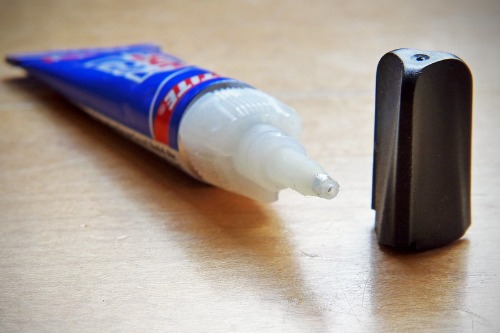
Super glue wasn’t invented for arts and crafts—it was a wartime accident. In 1942, scientists were developing clear plastic gun sights when they stumbled upon a stubborn adhesive. At first, they considered it a nuisance because it stuck to everything. Years later, it was repurposed for quick battlefield wound closure in the Vietnam War.
That ability to seal injuries in emergencies made it a lifesaver for soldiers. Eventually, the formula found its way into households for fixing broken ceramics and more. Its strength and speed made it popular far beyond the battlefield. All because one research project took an unexpected, sticky turn.
6. Jeeps
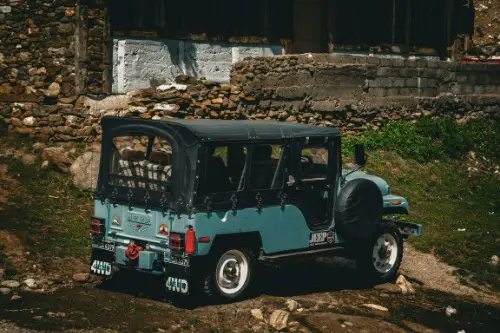
The rugged Jeep you see on the road today started as a military workhorse. In 1940, the U.S. Army needed a lightweight, all-terrain vehicle, and manufacturers rushed to deliver. The result was the Willys MB, a vehicle that could tackle mud, sand, and rough terrain while carrying soldiers and supplies. It quickly became an icon of mobility in World War II.
After the war, surplus Jeeps were sold to civilians, who loved their durability. Farmers, hunters, and adventurers found them perfect for off-road work. The modern Jeep brand still nods to its military heritage with its boxy design. It’s proof that something built for battle can thrive on city streets.
7. Internet
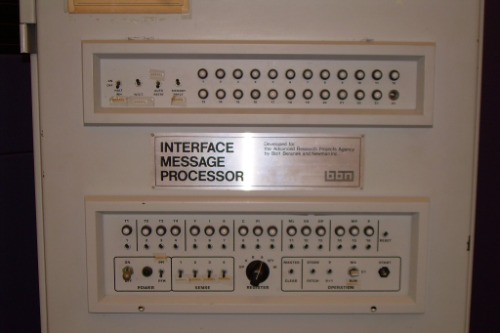
Your Wi-Fi connection has a surprisingly militaristic past. The concept behind the internet began in the late 1960s as ARPANET, a project funded by the U.S. Department of Defense. The goal was to create a communication network that could survive nuclear attacks by rerouting data automatically. It was strictly for research and military purposes at first.
Over time, universities gained access, and eventually, commercial use exploded in the 1990s. That’s when it transformed from a secure communication tool into the backbone of modern life. Social media, streaming, and online shopping all sprang from a Cold War-era defense project. Not exactly what the Pentagon had in mind, but here we are.
8. Aviator Sunglasses
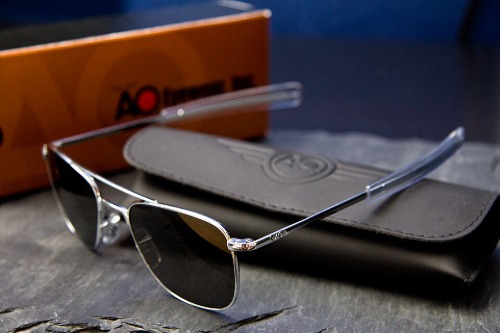
Aviator sunglasses might scream “style” now, but they were designed for pilots in the 1930s. The U.S. Army Air Corps commissioned them to protect aviators’ eyes from intense sunlight at high altitudes. The teardrop shape covered more of the eye area, and the lenses reduced glare without distorting vision. Pilots praised their comfort and effectiveness in the cockpit.
After World War II, the style became a hit with civilians, especially after celebrities began wearing them. The military connection gave them an air of toughness and adventure. Today, they’re a fashion staple, but their design still reflects their practical origins. What started as pilot gear is now sidewalk chic.
9. WD-40
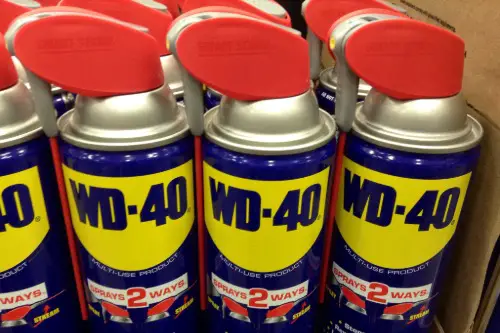
WD-40 is the household hero for squeaky hinges, but its first job was protecting missiles. Developed in 1953, the “WD” stands for “Water Displacement,” and it was the 40th formula attempt. The goal was to prevent rust and corrosion on Atlas missile parts. Its success in the aerospace industry hinted at wider potential.
Soon, the product made its way into homes, where it became a do-it-all lubricant and cleaner. People discovered it could free stuck zippers, remove adhesive residue, and even clean tools. Its military origin story is still stamped on the can. Not bad for something meant to sit in a missile silo.
10. Synthetic Rubber

Tires, shoe soles, and countless household items benefit from synthetic rubber, but it became essential during wartime. In World War II, Japan’s control of natural rubber sources cut off supply to the Allies. The U.S. quickly ramped up production of synthetic alternatives for military vehicles, aircraft, and equipment. Without it, the war effort would have stalled—literally.
After the war, synthetic rubber stayed in mass production. It proved more durable and versatile than natural rubber for many uses. Today, it’s everywhere, from kitchen gloves to car seals. Necessity during conflict made it a staple of modern manufacturing.
11. Digital Cameras
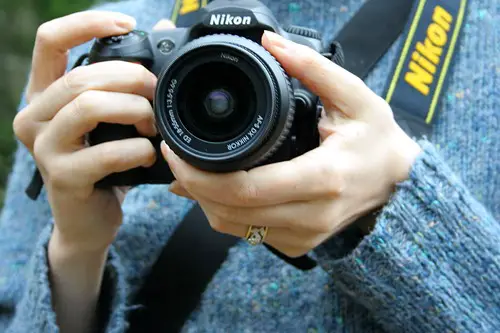
Digital photography might seem like a purely consumer tech innovation, but its roots lie in Cold War spy work. The U.S. military and NASA developed early digital imaging for satellite reconnaissance. Storing photos electronically was faster and safer than film in dangerous missions. The first versions were bulky, expensive, and top-secret.
As the technology improved, it trickled down into commercial cameras in the 1980s and 1990s. Eventually, it landed in smartphones, changing how we capture and share memories. Every selfie has a distant connection to military intelligence gathering. It’s proof that espionage can lead to some surprisingly wholesome uses.
12. Canned Food
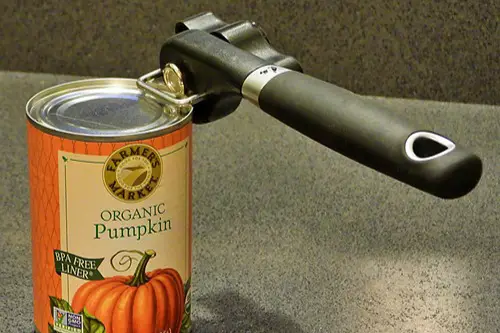
Cracking open a can of soup is so normal that it’s easy to forget its military origins. The concept dates back to the Napoleonic Wars, when the French army needed better food preservation. Nicolas Appert developed a method of sealing food in glass jars, which evolved into tin cans for durability. Soldiers could finally carry meals that lasted months instead of days.
This breakthrough spread worldwide, revolutionizing both military and civilian diets. By the 20th century, canned goods were a pantry staple. Today, they feed everyone from busy families to disaster relief teams. All thanks to one general’s quest to keep his troops fed.
13. EpiPen
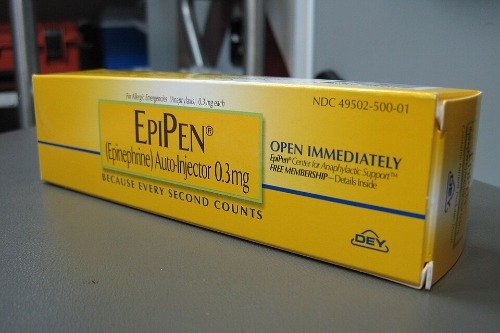
The EpiPen, a lifesaving tool for allergic reactions, has a military backstory. It was developed from autoinjector technology designed to deliver antidotes for nerve gas attacks. Soldiers needed a way to administer medication quickly in high-stress situations. The spring-loaded mechanism was perfect for that.
Doctors realized the same principle could help allergy sufferers. By adapting the device for epinephrine, they created an easy-to-use emergency treatment. Now it’s a common sight in schools, homes, and first aid kits. Its speed and simplicity are exactly what made it valuable on the battlefield.
14. Laptop Computers
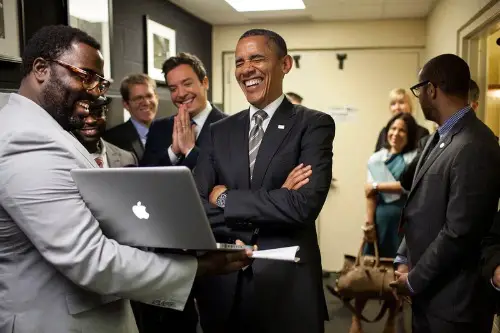
Portable computers owe their existence in part to military demands for field-ready computing power. During the 1980s, the military invested in rugged, compact machines that could be transported to remote locations. They needed reliability under extreme conditions, from deserts to naval ships. This pushed innovation in miniaturization and battery life.
Civilian markets soon embraced the convenience of portable computing. Business travelers and students were among the first adopters. Now laptops are everywhere, from coffee shops to classrooms. That portability traces right back to soldiers needing data in the middle of nowhere.
15. Nylon

Nylon stockings might be the first thing people think of, but nylon was invented for parachutes. During World War II, silk imports were cut off, and the military needed a strong, lightweight alternative. Nylon’s durability and resistance to mildew made it perfect for parachute fabric. It soon found other wartime uses, from ropes to tent material.
After the war, manufacturers looked for new markets and turned nylon into fashion fabric. Stockings became the first big hit, selling out almost instantly. Now nylon is used in clothing, luggage, and even toothbrush bristles. A material born for war became an everyday convenience.
16. Pressure Cookers
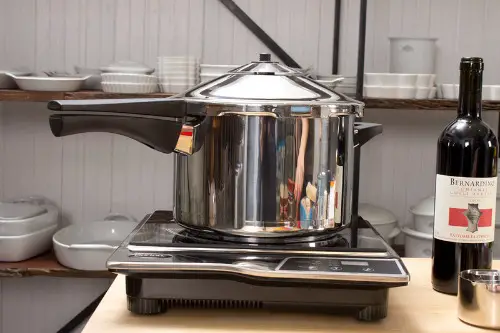
Pressure cookers might make weeknight dinners faster, but their history involves feeding armies efficiently. The principle dates back centuries, but during wartime, the ability to cook food quickly and preserve nutrients became invaluable. Soldiers in the field needed hearty meals without long cooking times. Pressure technology made that possible.
After the war, home versions became popular for stews, beans, and canning. The time savings and energy efficiency appealed to busy households. Modern electric models are just updated versions of a battlefield necessity. Every Instant Pot has a little bit of military DNA.
This post 16 Household Items That Were Originally Designed for Military Use was first published on American Charm.


